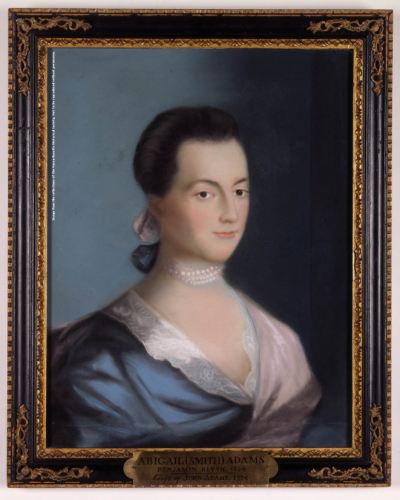As I described yesterday, in the early 1900s chroniclers of
Needham and
Framingham began to credit “
Nero, or
Abel, Benson” as helping to spread the alarm on 19 Apr 1775 with blasts from his
trumpet.
It would be unusual for contemporary witnesses to be confused between Nero and Abel. They were grandfather and grandson, one born about seventy years before 1775 and the other only eight. Even at night, it should have been possible to tell them apart.
Furthermore, other records tell us that Nero Benson died in
Sudbury in 1757. Which pretty much eliminates him from participating in the uprising eighteen years later.
That’s why the tradition has come to focus on Abel Benson. As strange as it would be for the Framingham
militia to rely on an eight-year-old boy, that was at least physically possible. But how strong is the evidence to support that story?
In fact, the evidence points the other way. Abel Benson lived until 1838, long enough to apply for a pension for Revolutionary War veterans. That process required applicants to testify about how they had served: when they enlisted, what battles they were in, who their commanding officers were, and any anecdotes that could add verisimilitude to an otherwise bald and unconvincing narrative.
Abel Benson filed a claim in April 1818. For a while he received a pension of $8 each month, but in 1820 the government cut him off. Framingham had granted him land as a bounty for enlisting, and that real estate meant he wasn’t poor enough. In 1823 Benson reapplied. It took six years, but the federal government started paying him a pension again. Abel Benson died at midnight on 15 Sept 1838. And on 2 October, his widow Rhoda applied to the government to continue that pension. She started to receive $80 per year in March 1843.
That means there were three times—1818, 1823, and 1838—when Abel or Rhoda Benson went to the government and described his military service. The length of that service affected his eligibility for a pension. The Bensons thus had a strong reason to note every time Abel had helped fight the war. But in none of those filings did the couple ever mention the
Lexington alarm.
There’s no doubt that Abel Benson served in the
Continental Army. He enlisted in early 1781, when he was fourteen. (The recruiting papers state he was sixteen.) His military records even offer a description: “5 ft. 2 in.; complexion, yellow; hair, black; eyes, black...reported a Negro.” (Abel’s mother was a woman of British descent originally named Sarah Perry.) Though listed as a trumpeter, he worked mainly as a “waiter,” or servant to an officer.
So how did the legend of Abel Benson begin? There may indeed have been a black trumpeter riding with the Framingham militiamen in April 1775 (although more than a century passed before it appears anyone wrote that detail down). When Austin Bacon followed up that family story in the early 1900s, he could have looked in William Barry’s 1847
History of Framingham, saw Nero Benson listed as an eighteenth-century military trumpeter, and inserted his name in his account.
Soon afterward, George Kuhn Clarke added Abel’s name as another possibility, seeing him listed as both a trumpeter and Revolutionary War veteran. Later authors spotted Nero Benson’s death record, leaving only Abel.
But Nero and Abel Benson weren’t necessarily the only African-Americans in Framingham who could play the trumpet—just the only ones named in published sources. Who inherited Nero Benson’s trumpet after he died in 1757? Who taught Abel to play the trumpet and other instruments as he grew up in the 1770s? Nero’s son William, Abel’s father, seems like a good candidate, and the region’s African-American community probably includes some others. A lot of life never came to the attention of the white chroniclers.
The story of Abel Benson thus strikes me as an example of “memory creep”—a tendency among people recounting history, whether family, local, or national, to take a little evidence and expand it to make a better story. And the legend of little Abel Benson blowing his horn is a better story. It’s just probably not the accurate story.
(The photo above,
from Find-a-Grave, shows the marker now on Abel Benson’s grave. For a well researched study of the Benson family, see Michael Sokolow’s
Charles Benson: Mariner of Color in the Age of Sail, published in 2003.)














